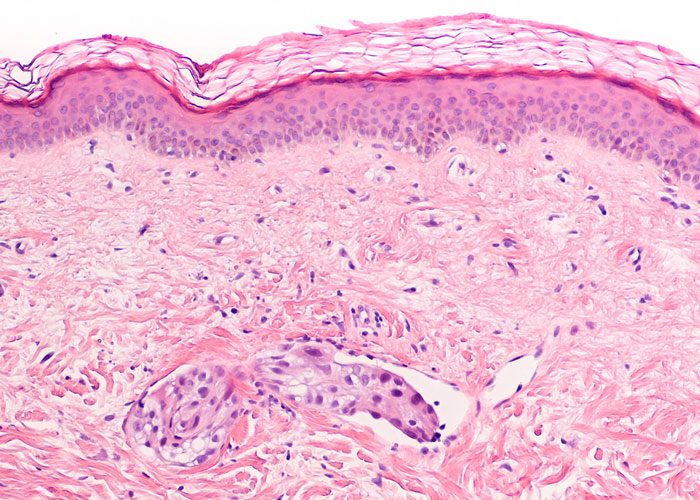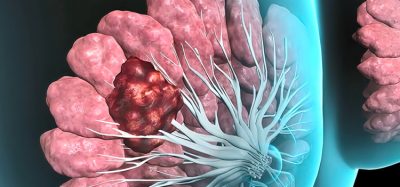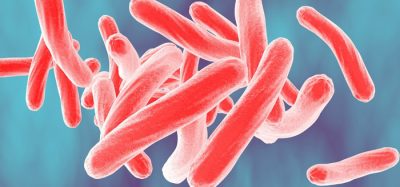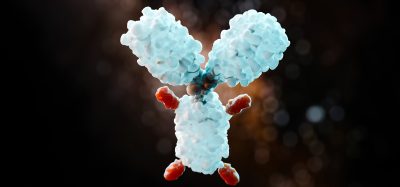Link between bacterial imbalances and breast cancer identified
Posted: 9 October 2017 | Dr Zara Kassam (Drug Target Review) | 1 comment
Bacterial composition of breast tissue could offer a new perspective in the battle against breast cancer…


Researchers have uncovered differences in the bacterial composition of breast tissue of healthy women vs. women with breast cancer. The research team has discovered for the first time that healthy breast tissue contains more of the bacterial species Methylobacterium, a finding which could offer a new perspective in the battle against breast cancer.
We hope we can use microbiomics right before breast cancer forms and then prevent cancer with probiotics or antibiotics.
“To my knowledge, this is the first study to examine both breast tissue and distant sites of the body for bacterial differences in breast cancer,” said co-senior author Dr Charis Eng, Chair of Cleveland Clinic’s Genomic Medicine Institute and director of the Center for Personalized Genetic Healthcare. “Our hope is to find a biomarker that would help us diagnose breast cancer quickly and easily. In our wildest dreams, we hope we can use microbiomics right before breast cancer forms and then prevent cancer with probiotics or antibiotics.”
The study examined the tissues of 78 patients who underwent mastectomy for invasive carcinoma or elective cosmetic breast surgery. In addition, they examined oral rinse and urine to determine the bacterial composition of these distant sites in the body.
In addition to the Methylobacterium finding, the team discovered that cancer patients’ urine samples had increased levels of gram-positive bacteria, including Staphylococcus and Actinomyces.
Further studies are needed to determine the role these organisms may play in breast cancer.
Co-senior author Dr Stephen Grobymer, said, “If we can target specific pro-cancer bacteria, we may be able to make the environment less hospitable to cancer and enhance existing treatments. Larger studies are needed but this work is a solid first step in better understanding the significant role of bacterial imbalances in breast cancer.” Dr Grobmyer is section head of Surgical Oncology and director of Breast Services at Cleveland Clinic.
The study provides proof-of-principle evidence to support further research into the creation and utilisation of loaded submicroscopic particles, targeting these pro-cancer bacteria.
Funded by a grant from the Center for Transformational Nanomedicine, Dr Grobmyer and Dr Eng are collaborating with investigators at Hebrew University to develop new treatments using nanotechnology to deliver antibiotics directly to the bacterial community in breast cancer.
Related topics
Antibiotics, Oncology, Proteomics
Related conditions
Breast cancer
Related organisations
Center for Personalized Genetic Healthcare, Cleveland Clinic's Genomic Medicine Institute, Hebrew University
Related people
Dr Charis Eng, Dr Stephen Grobymer








Researchers have uncovered differences in the bacterial composition of breast tissue of healthy women vs. women with breast cancer. The research team has discovered for the first time…
Please take into consideration reference: Xuan C, Shamonki JM, Chung A, et al. Microbial dysbiosis is associated with human breast cancer. PLoS One 2014; 9: e83744.
Sincerely,
ES.